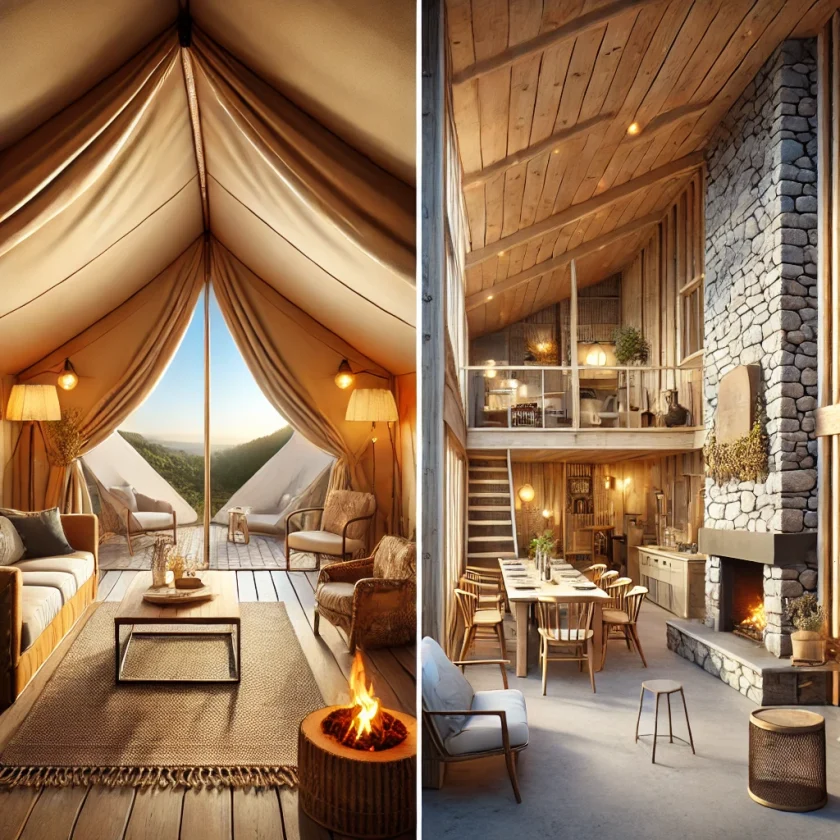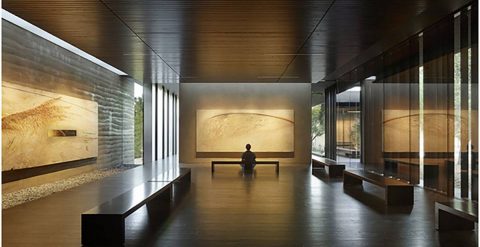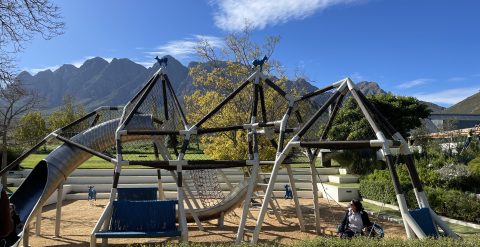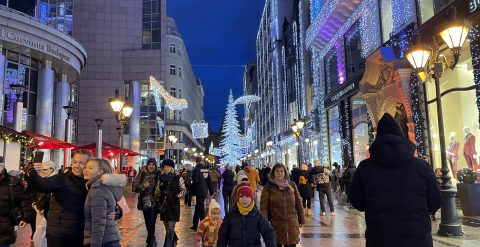
Glamping Tents vs. Physical Buildings: A Long-Term Perspective
As the hospitality and tourism sectors evolve, innovative accommodation options like glamping have become increasingly popular. For architects, this raises the question: What are the key differences between glamping tents and traditional physical buildings in terms of longevity, maintenance, accessibility, and overall suitability for tourism projects?
While both options provide unique experiences, understanding their distinctions can help you choose the right solution for your next project. Let’s explore the contrasts between glamping tents and physical buildings across several important factors.
Longevity & Durability
When it comes to lifespan, glamping tents and physical buildings vary dramatically.
- Glamping Tents: Typically designed to last 5-20 years, with factors like fabric degradation and exposure to weather elements influencing their durability. Though the frame can last longer, the fabric and other soft elements require more frequent maintenance and replacement.
- Physical Buildings: Built for the long haul, physical structures are designed to last 50+ years. With proper care, materials like steel, concrete, and brick can stand the test of time, providing a much longer lifespan than tents.
Maintenance Requirements
The maintenance demands of these two types of accommodation differ significantly.
- Glamping Tents: They require frequent upkeep to maintain their functionality. Waterproofing treatments, cleaning, and structural checks need to be carried out every 1-2 years. Fabric components, hardware, and flooring may need to be replaced or serviced much more often than in traditional buildings.
- Physical Buildings: Physical structures need less frequent maintenance but generally involve more intensive tasks, such as roof repairs, repainting, and mechanical system servicing. With more durable materials, buildings require fewer overall replacements.
Weather & Environmental Resistance
Weather resistance is another area where the two options differ.
- Glamping Tents: While versatile, glamping tents are vulnerable to the effects of wind, UV damage, moisture, and pests. Although tents can be designed for harsh conditions, the fabric and frame are more susceptible to weathering, which can reduce the lifespan.
- Physical Buildings: Designed with permanent weather resistance in mind, buildings are built to withstand everything from high winds to extreme temperatures. With the appropriate materials and design, physical structures can endure harsher environmental conditions over the long term.
Replacement & Upgrades
Replacement cycles for both types of accommodation vary greatly.
- Glamping Tents: The fabric and flooring of glamping tents generally require replacement every 5-10 years, though the frame may last longer. While this can be a more affordable option upfront, the need for frequent replacements can add to long-term costs.
- Physical Buildings: For buildings, it’s typically a matter of renovation or refurbishment rather than full replacement. Structures generally only need significant upgrades every few decades, with most elements designed to last longer with minimal intervention.
Cost & Flexibility
When comparing cost-effectiveness and flexibility, glamping tents offer a few advantages.
- Glamping Tents: These structures come with a lower initial cost and can be installed quickly. They are also more flexible, as they can be relocated or removed entirely if the need arises. However, frequent maintenance and periodic replacements do add to the overall cost over time.
- Physical Buildings: While buildings come with a higher initial investment, they offer more long-term durability and fewer replacement costs. However, they are less flexible than tents, as relocating or reconfiguring them is far more difficult.
Sustainability Considerations
In the era of sustainable architecture, both glamping tents and physical buildings offer distinct environmental impacts.
- Glamping Tents: Due to their lightweight materials and often temporary nature, glamping tents typically have a lower embodied energy. However, their shorter lifespan leads to more frequent material turnover, which can increase environmental impact over time.
- Physical Buildings: While physical buildings have a higher embodied energy due to their heavier, more permanent materials, they can be designed with sustainability in mind. Integrating passive design strategies, renewable energy systems, and eco-friendly materials can significantly improve the sustainability of a building over its lifetime.
Accessibility & Universal Design
When considering accommodation for all visitors, accessibility is a key factor, particularly for those with mobility challenges.
- Glamping Tents: Due to their temporary nature and design, providing full wheelchair accessibility in glamping tents can be challenging. The tents often lack the necessary structural elements to incorporate ramps, wide doorways, or other accommodations for people with disabilities. Modifications are possible, but they might not always meet the needs of all users.
- Physical Buildings: Physical buildings provide much greater flexibility in design for accessibility. Ramps, wide corridors, accessible bathrooms, and other features that meet universal design standards can be incorporated to ensure that all visitors, including those in wheelchairs, can comfortably navigate the space.
Noise Transmission & Separation
Consideration of noise transmission and privacy is vital in accommodation spaces.
- Glamping Tents: While providing an immersive experience, glamping tents generally have poor sound insulation. This can lead to noise disturbances from surrounding guests, wildlife, or weather. Noise transmission can be an issue, particularly in more densely packed glamping sites where privacy and quietness are important for guest satisfaction.
- Physical Buildings: Buildings can be designed with soundproofing measures and more effective separation between rooms. Materials like concrete, brick, and acoustic panels can help reduce noise transmission, ensuring that guests enjoy greater privacy and a more peaceful environment.
The Importance of Site Planning
Regardless of whether you choose glamping tents or physical buildings, proper site planning is crucial to optimally managing the challenges of either option. Thoughtful site selection and design can mitigate issues like weathering, accessibility, and noise, making sure both the structure and the guest experience are as robust and seamless as possible.
- For Glamping Tents: Careful consideration of the site’s exposure to wind, moisture, and UV can significantly improve the lifespan of the tents. Additionally, ensuring that pathways are well-planned and that tents are positioned with adequate spacing can enhance both privacy and noise separation.
- For Physical Buildings: Proper orientation and integration with the surrounding environment can help reduce long-term maintenance needs and improve energy efficiency. Site planning also ensures that accessibility features are included from the start, with minimal disruption to the overall design.
Conclusion
Ultimately, choosing between glamping tents and physical buildings depends on the specific needs and goals of your project. Glamping tents offer a flexible, lower-cost solution with a shorter lifespan, while physical buildings provide long-term durability, fewer replacements, and can integrate more sustainable features for a lasting impact.
Whether you’re designing for a short-term seasonal site or a long-term tourism infrastructure project, understanding the strengths and limitations of each will ensure you make the best choice for your clients, accessibility needs, noise management, and the environment.
Ready to plan your next tourism infrastructure project? Whether you’re considering glamping tents or building a lasting structure, we can help you navigate the design, planning, and execution of the perfect solution. Contact us today to discuss your project and ensure its success from the ground up.





